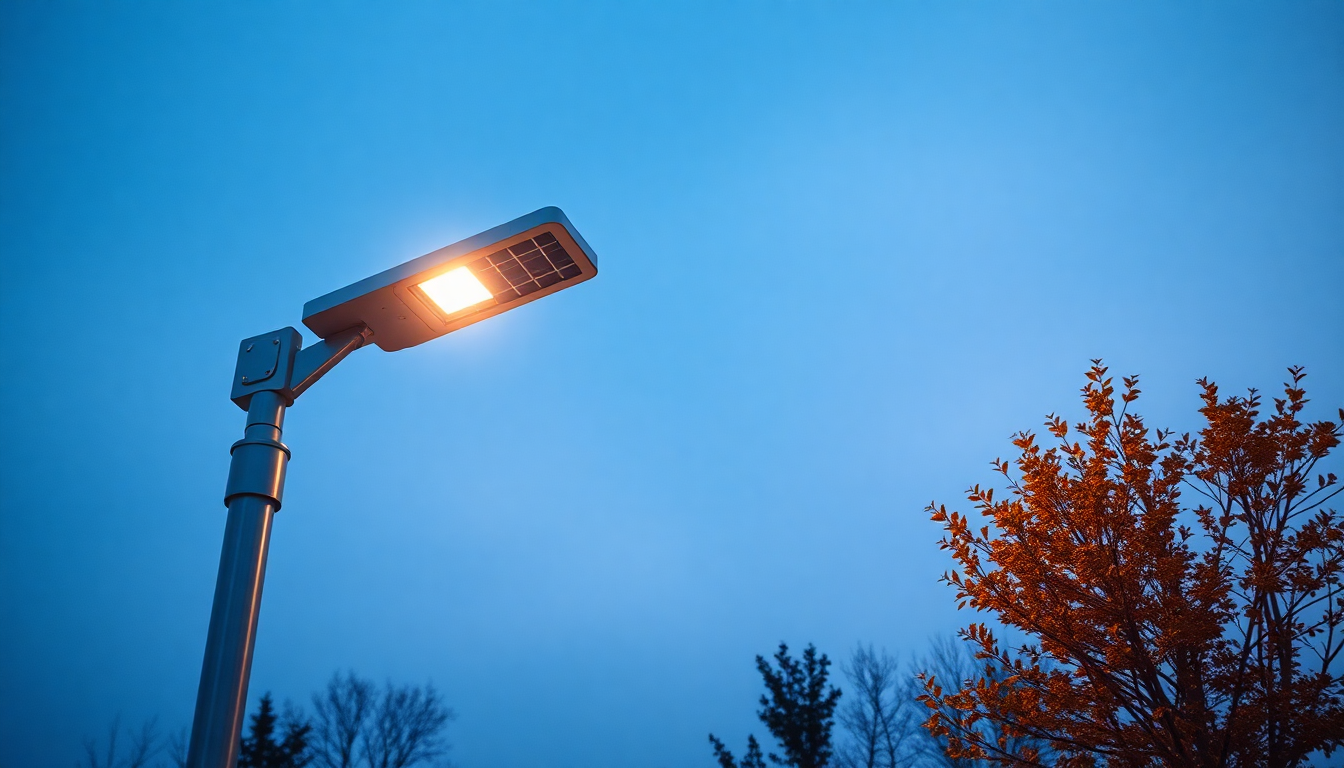Introduction
In 2025, the landscape of property safety is undergoing a significant transformation driven by technological innovation. Among these advancements, IoT-integrated rechargeable night lighting solutions stand out as a game-changer. These next-generation systems are redefining safety standards for residential, commercial, and industrial properties alike, offering smarter, more adaptive, and sustainable lighting options that enhance security and usability during nighttime hours. As urban environments grow smarter and expectations for safety increase, embracing these sophisticated lighting solutions has become essential for homeowners, property managers, and security professionals.
The Evolution of Night Lighting Solutions
Night lighting has evolved significantly over the past few decades. Conventional lighting relied on static, manually operated fixtures that often consumed high levels of energy and provided limited functionality. They lacked the ability to adapt to changing environmental conditions or integrate with other security systems. During the early 2020s, however, the advent of Internet of Things (IoT) technology sparked a revolution, leading to intelligent lighting solutions that could communicate, learn, and respond dynamically.
Today, these next-generation lighting systems incorporate advanced sensors, rechargeable batteries, and cloud connectivity, transforming nighttime illumination from a basic necessity into a powerful safety tool. They enable proactive security measures, energy efficiency, and personalized user experiences, all while seamlessly integrating with existing property management systems.
Key Features of Next-Generation IoT-Integrated Night Lighting Systems
Modern night lighting solutions are distinguished by several innovative features that collectively contribute to enhanced property safety:
- Smart Connectivity: Integration with smartphones, tablets, and home automation hubs allows users to control and monitor lighting remotely, schedule automatic lighting, and customize scenes.
- Rechargeable and Sustainable Power: Equipped with high-capacity rechargeable batteries, these lights minimize reliance on grid power, reducing carbon footprints and allowing operation during power outages.
- Advanced Sensors and AI Capabilities: Motion detectors, ambient light sensors, and AI-powered algorithms enable the lights to respond intelligently to environmental cues, optimizing illumination and security.
- Adaptive Brightness and Color: Dynamic adjustment of light intensity and color temperature enhances visibility and ambiance while conserving energy.
- Real-Time Notifications and Alerts: Instant alerts for unusual activity help property managers and homeowners respond quickly to potential security threats.
- Self-Repair and Diagnostic Features: Remote diagnostics enable proactive maintenance, reducing downtime and repair costs.
Enhanced Security Through Intelligent Lighting
One of the most vital benefits of IoT-enabled night lighting is the significant boost in property security. These systems act as silent sentinels, deterring intruders through unpredictable lighting patterns and rapid response capabilities. Features such as motion-triggered lighting not only illuminate pathways but also activate security cameras or alarms, creating a multi-layered security ecosystem. Additional advantages include:
- Deterrence of Criminal Activity: Well-lit properties discourage break-ins, vandalism, and trespassing by increasing the perceived risk for intruders.
- Enhanced Surveillance: Integrated cameras and sensor data provide live feeds and event logs that aid law enforcement and security teams.
- Perimeter Monitoring: Lights automatically activate at vulnerable points, such as entrances and backyards, during off-hours.
Energy Efficiency and Sustainability
With the global emphasis on sustainability, these lighting solutions are designed to be energy-conscious and environmentally friendly. Key points include:
- Rechargeable Power Sources: Solar-charging capabilities and long-lasting batteries reduce dependence on traditional power sources and lower utility bills.
- Intelligent Power Management: Systems analyze usage patterns to optimize energy consumption without compromising safety or convenience.
- Eco-Friendly Materials: Use of sustainable and recyclable materials in manufacturing aligns with global eco initiatives.
Benefits for Various Property Types
The versatility of these advanced lighting solutions makes them suitable across different property types, including:
- Residential Properties: Enhanced safety for families, better outdoor illumination, and remote control features for busy homeowners.
- Commercial Establishments: Improved security of premises, parking lots, and perimeters, along with energy savings during non-operational hours.
- Industrial Sites: Increased safety in hazardous areas, perimeter security, and equipment protection with intelligent lighting.
- Public Spaces and Infrastructure: Street lighting, parks, and public facilities benefit from adaptive, sensor-based lighting that reduces energy waste and enhances safety.
The Future of Night Lighting and Property Safety
The landscape of property safety is poised for continued innovation in the coming years. Emerging trends include:
- Deeper Integration with Smart Ecosystems: Compatibility with voice assistants like Alexa, Google Assistant, and Siri will make control even more intuitive.
- AI and Machine Learning: Use of AI to analyze behavioral patterns, predict security breaches, and automatically adapt lighting and security responses.
- Renewable Power and Energy Storage: Solar-powered lights with superior energy storage capabilities enable off-grid and remote property applications.
- Personalized and Context-Aware Lighting: Adjustments based on user preferences, weather conditions, and time of day to optimize safety and ambiance.
Challenges and Considerations
While the benefits are compelling, adopting IoT-integrated night lighting requires consideration of certain challenges:
- Cybersecurity Risks: Protecting connected devices from hacking and unauthorized access is crucial.
- System Compatibility: Ensuring new lighting solutions integrate smoothly with existing property management or security systems.
- Cost and Implementation: While prices are decreasing, initial investment and installation costs may be significant for larger properties.
- Data Privacy: Safeguarding user and security data generated by IoT devices.
Conclusion
As we approach the midpoint of 2025, the amalgamation of IoT technology with rechargeable night lighting marks a pivotal shift in property safety management. These systems offer tangible benefits—deterring crime, enhancing security, conserving energy, and delivering customizable user experiences—all while contributing to sustainability goals. Property owners and managers who invest in this innovative technology today will enjoy safer, smarter, and more resilient properties tomorrow. Embracing next-gen IoT-integrated rechargeable night lighting is not just a trend but a necessary step toward a safer and more connected future.




Leave a comment
All comments are moderated before being published.
This site is protected by hCaptcha and the hCaptcha Privacy Policy and Terms of Service apply.